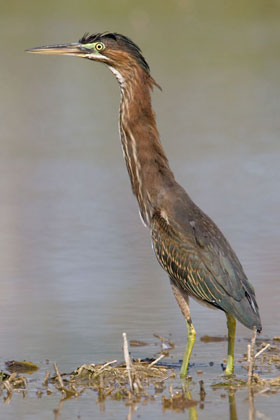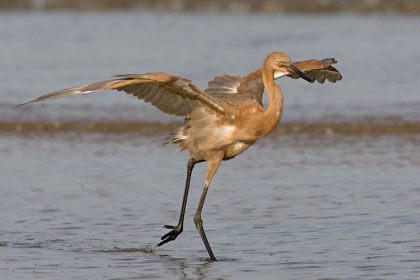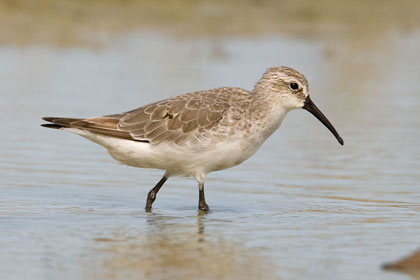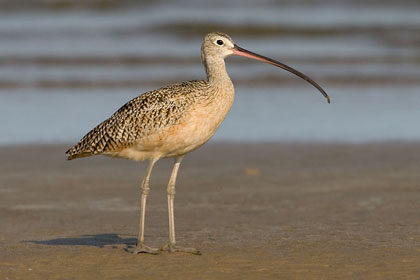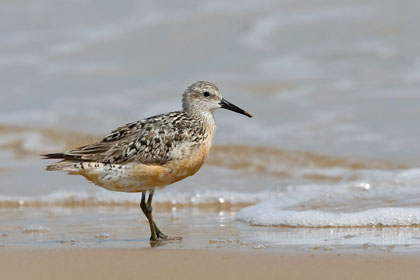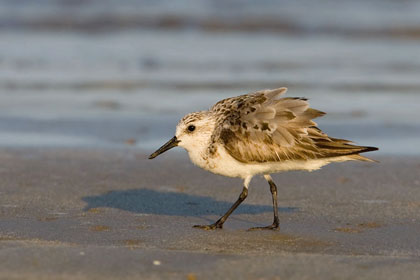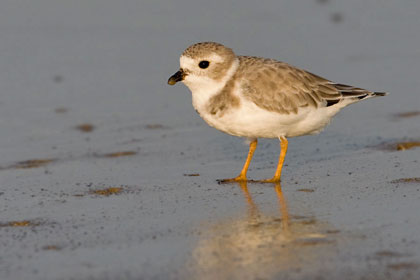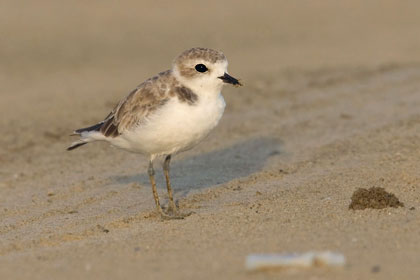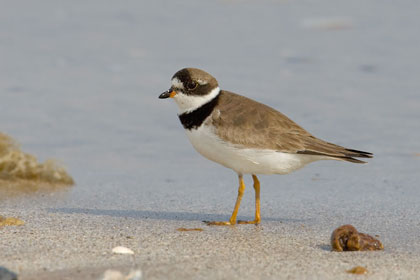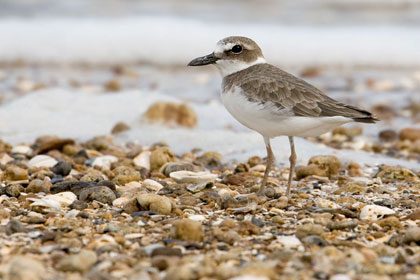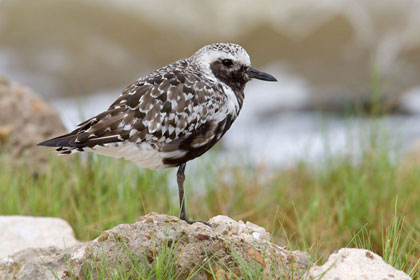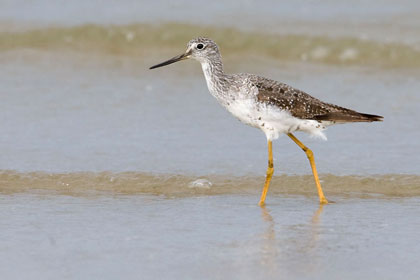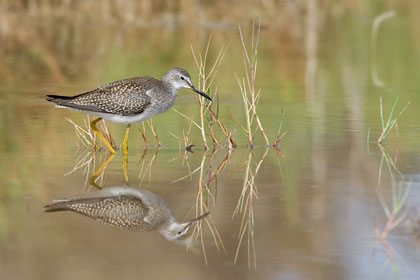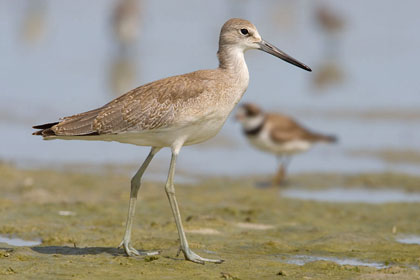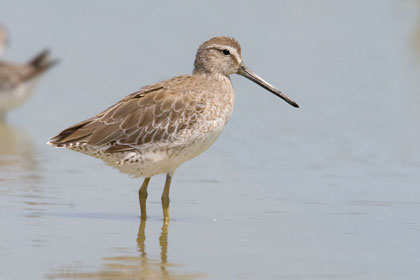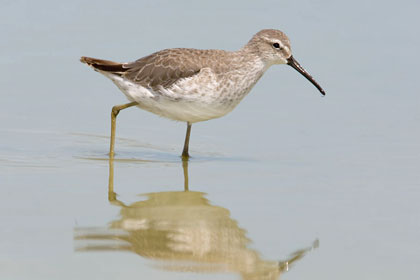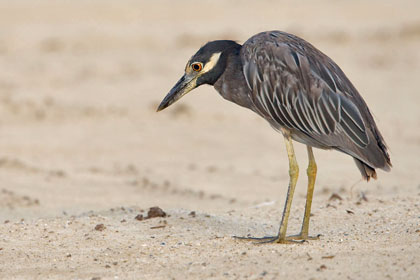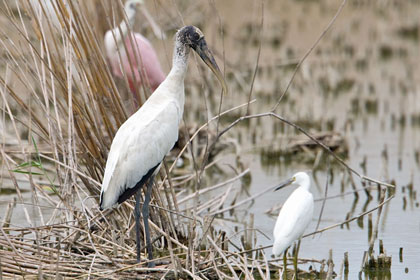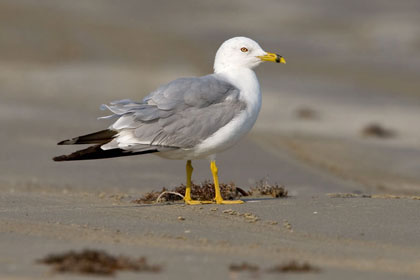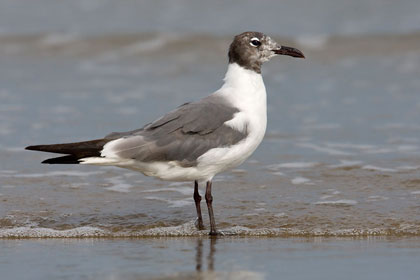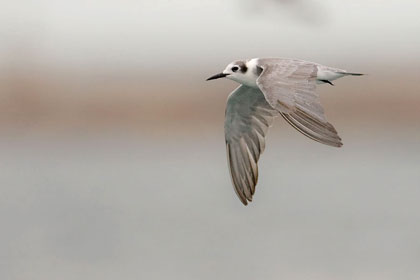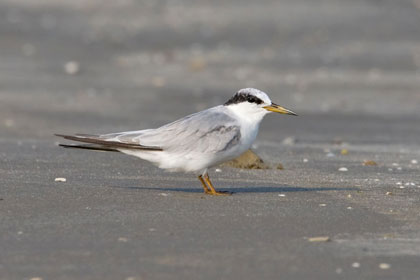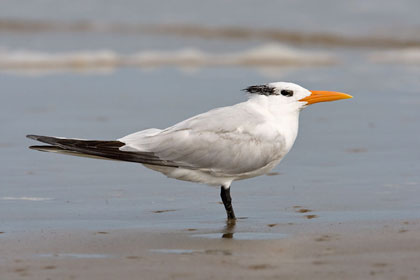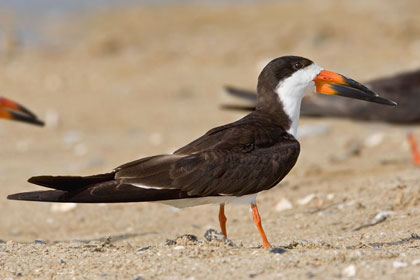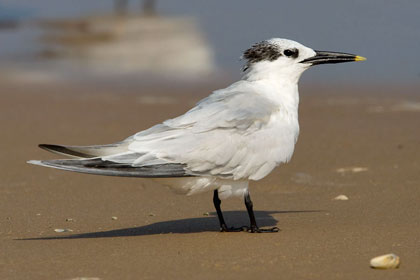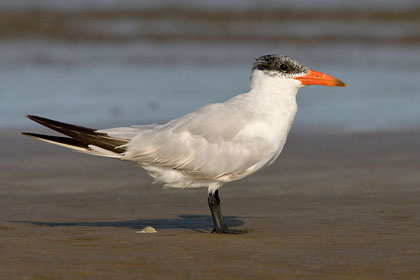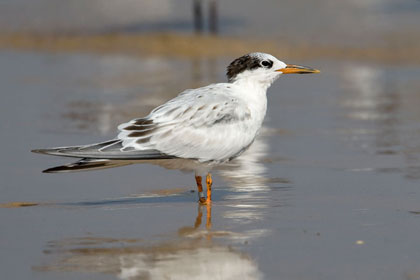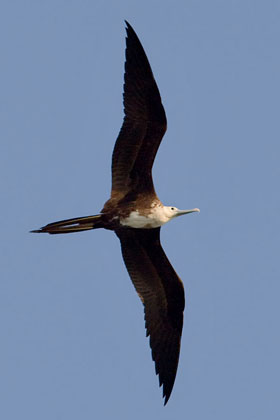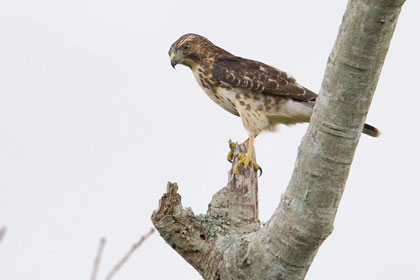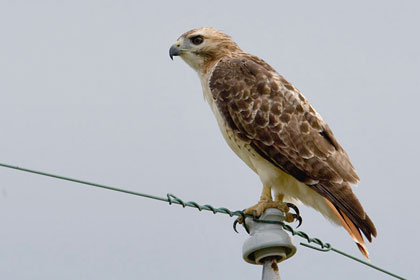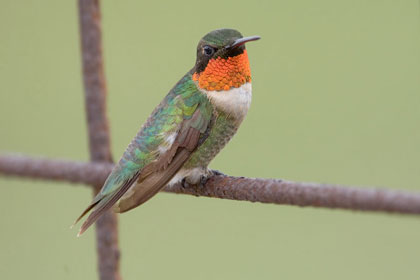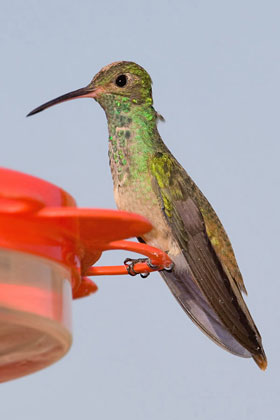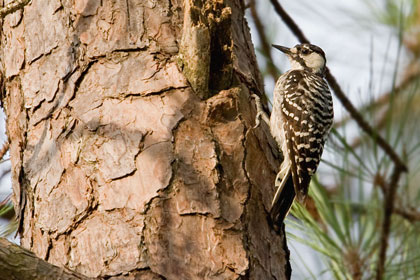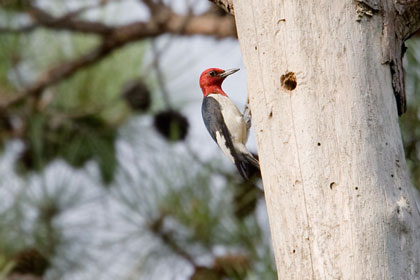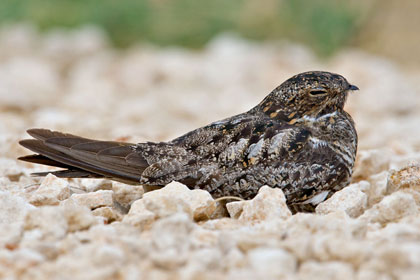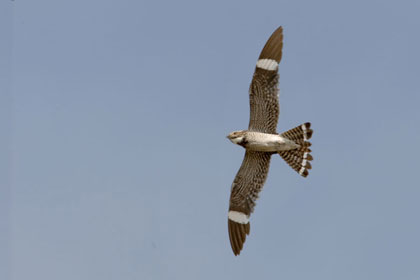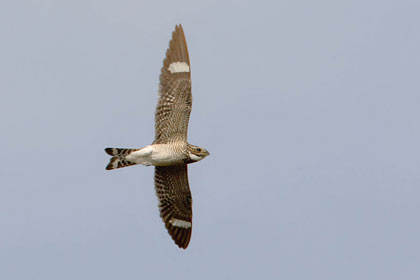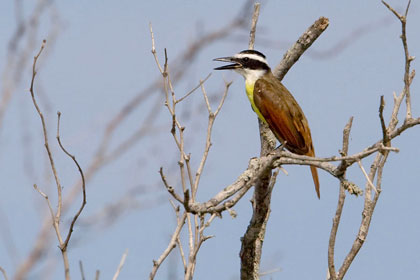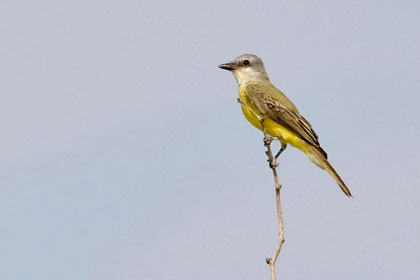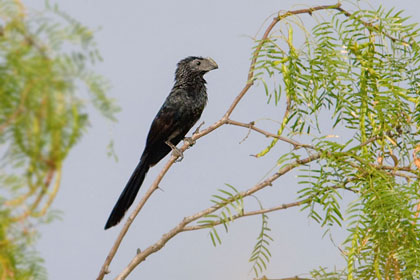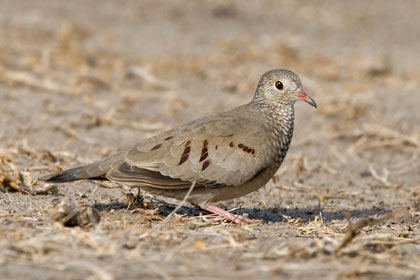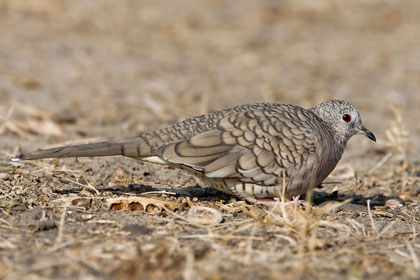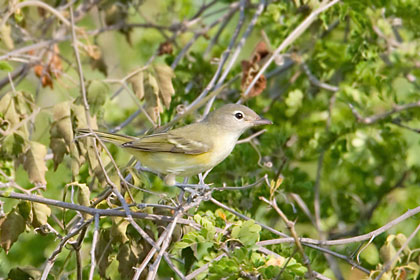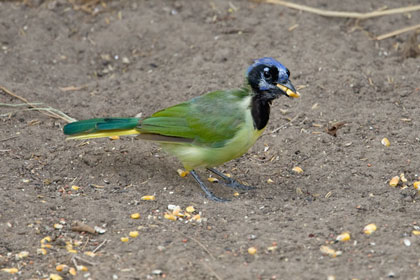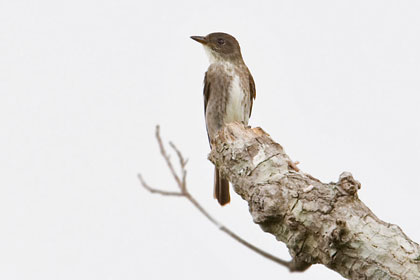|
Nature and Wildlife Photography
| Galleries → Upper Texas Coast |
Geography and climate
The Gulf Coast is intersected by numerous rivers, the largest of which is the Mississippi. Much of the land along the Gulf Coast is (or was) marshland. The western portions of the Gulf Coast include many barrier islands and peninsulas, including the 130 miles (210 km) Padre Island and Galveston Island. These landforms protect numerous bays and inlets. The central part of the Gulf Coast, from eastern Texas through Louisiana, consists primarily of marshland. Geographically it is technically part of the east coast of the US, though it is not popularly thought of as such. Because of its proximity to the subtropical waters of the Gulf of Mexico, the Gulf Coast area is vulnerable to hurricanes. Floods and severe thunderstorms also affect the region. Tornadoes are infrequent at the coast but do occur (they are much more frequent in the inland portions of those states). Earthquakes are extremely rare, but a surprise 6.0 earthquake in the Gulf of Mexico on September 10, 2006, was felt from New Orleans to Tampa.[1] Economic activities NOAA map of the 3,858 oil and gas platforms extant off the Gulf Coast in 2006.The Gulf Coast is a major center of economic activity. The marshlands along the Louisiana and Texas coasts provide breeding grounds and nurseries for ocean life that drive the fishing and shrimping industries. The Port of South Louisiana (between New Orleans and Baton Rouge in Laplace) and the Port of Houston are two of the ten busiest ports in the world by cargo volume.[2] As of 2004, seven of the top ten busiest ports in the U.S. are on the Gulf Coast.[3] The discovery of oil and gas deposits along the coast and offshore, combined with easy access to shipping, have made the Gulf Coast the heart of the U.S. petrochemical industry. The coast contains nearly 4,000 oil platforms. Besides the above, the region features other important industries including aerospace and biomedical research, as well as older industries such as agriculture and "? especially since the development of the Gulf Coast beginning in the 1920s and the increase in wealth throughout the United States "? tourism. HistoryThe history of the Gulf Coast is an important part of United States history; as economically important as the Gulf Coast is to the United States today, it arguably once held an even greater position of prominence in the U.S. The first Europeans to settle the Gulf Coast were primarily the French and the Spanish. The Louisiana Purchase and the Texas Revolution made the Gulf Coast a part of the United States during first half of the 19th century. As the U.S. population continued to expand its frontiers westward, the Gulf Coast was a natural magnet in the South providing access to shipping lanes and both national and international commerce. The development of sugar and cotton production (enabled by slavery) allowed the South to prosper. By the mid 19th century, the South, including the Gulf, by some standards was populated by the nation's wealthiest people. The city of New Orleans in particular, being situated as a key to commerce on the Mississippi River and in the Gulf, had become the largest U.S. city not on the Atlantic seaboard and the fourth largest in the U.S. overall. Two major events were turning points in the earlier history of the Gulf Coast region. The first was the American Civil War, which caused severe damage to some economic sectors in the South, including the Gulf Coast. The second event was the Galveston Hurricane of 1900. At the end of the 19th century Galveston was, with New Orleans, one of the most developed cities in the region. The city had the third busiest port in the U.S.[4] and its financial district was known as the "Wall Street of the Southwest." [5] The storm mostly destroyed the city (which has never regained its former glory) and set back development in the region. Since these darker times the Gulf Coast has been hit with numerous other hurricanes. In 2005, Hurricane Katrina struck the Gulf Coast as a Category 3 hurricane. It was the most damaging storm in the history of the United States, causing upwards of $80 billion in damages, and leaving over 1,800 dead. Other than the hurricanes, the Gulf Coast has redeveloped dramatically over the course of the 20th century. The petrochemical industry, launched with the major discoveries of oil in Texas and spurred on by further discoveries in the Gulf waters, has been a vehicle for development in the central and western Gulf which has spawned development on a variety of fronts in these regions. Texas in particular has benefited tremendously from this industry over the course of the 20th century and economic diversification has made the state a magnet for population and home to more Fortune 500 companies than any other U.S. state. Florida has grown as well, driven to a great extent by its long established tourism industry but also by its position as a gateway to the Caribbean and Latin America. As of 2006, these two states are the second and fourth most populous states in the nation, respectively (see this article). Other areas of the Gulf Coast have benefited less, though economic development fueled by tourism has greatly increased property values along the coast, and is now a severe danger to the valuable but fragile ecosystems of the Gulf Coast. Metropolitan areasThe following are the 10 largest metropolitan areas along the Gulf Coast of the United States. Rank Metropolitan Area Population State 1 Houston"?Sugar Land"?Baytown 5,628,101 Texas 2 Tampa"?St. Petersburg"?Clearwater 2,587,967 Florida 3 New Orleans"?Metairie"?Kenner 1,319,589 Louisiana 4 Baton Rouge"?Pierre Part 774,327 Louisiana 5 Sarasota"?Bradenton"?Venice 651,862 Florida 6 Mobile"?Daphne"?Fairhope 588,246 Alabama 7 Lafayette"?Acadiana 538.470 Louisiana 8 Cape Coral"?Fort Myers 514,295 Florida 9 Pensacola"?Ferry Pass"?Brent 437,135 Florida 10 Corpus Christi 409,741 Texas See also
| ||||||||||||||||||||||||||||||||||||||||||||||||||||||||||||||||||||||||||||||||||||||||||||||||
|
All images and video © Copyright 2006-2024 Christopher Taylor, Content and maps by their respective owner. All rights reserved. |
